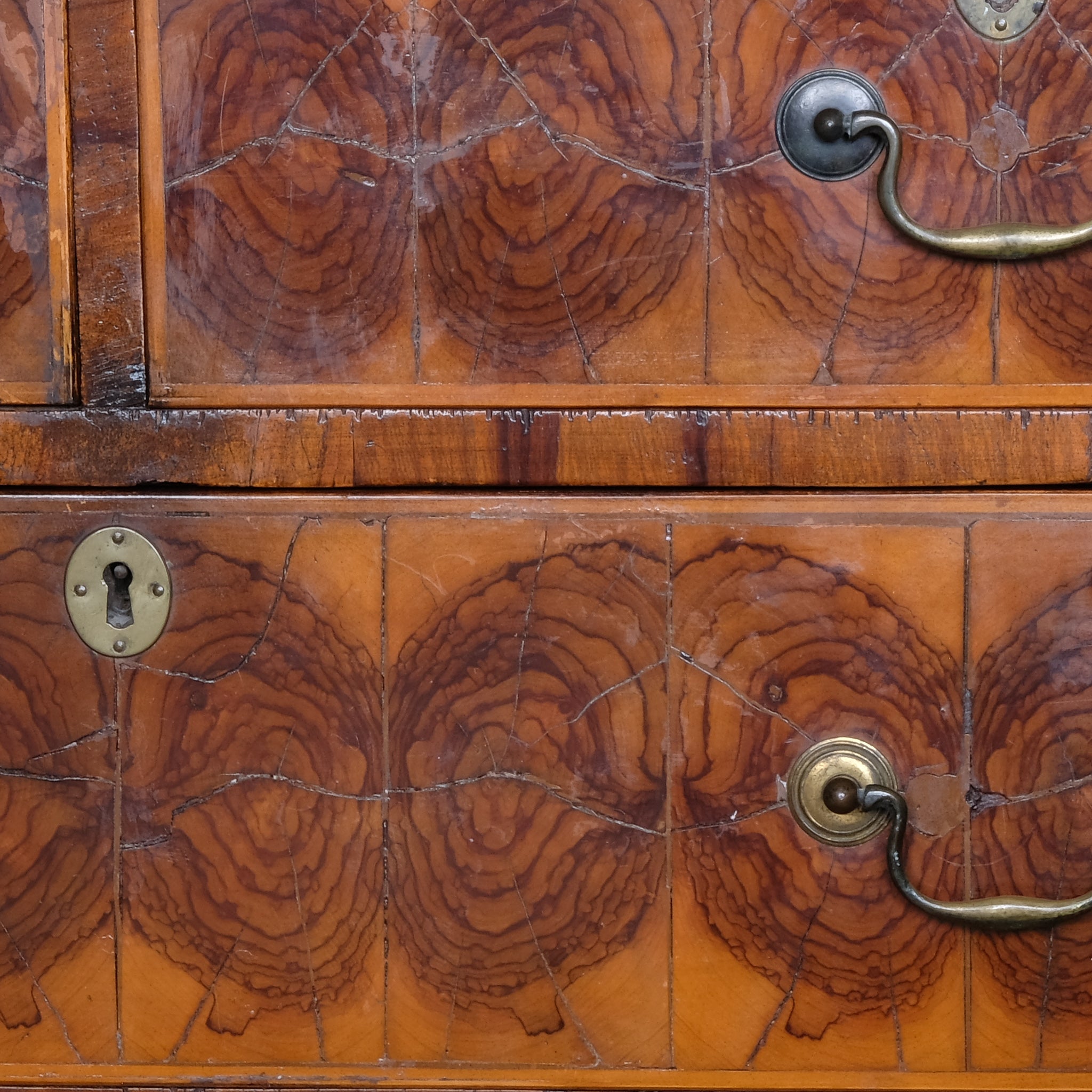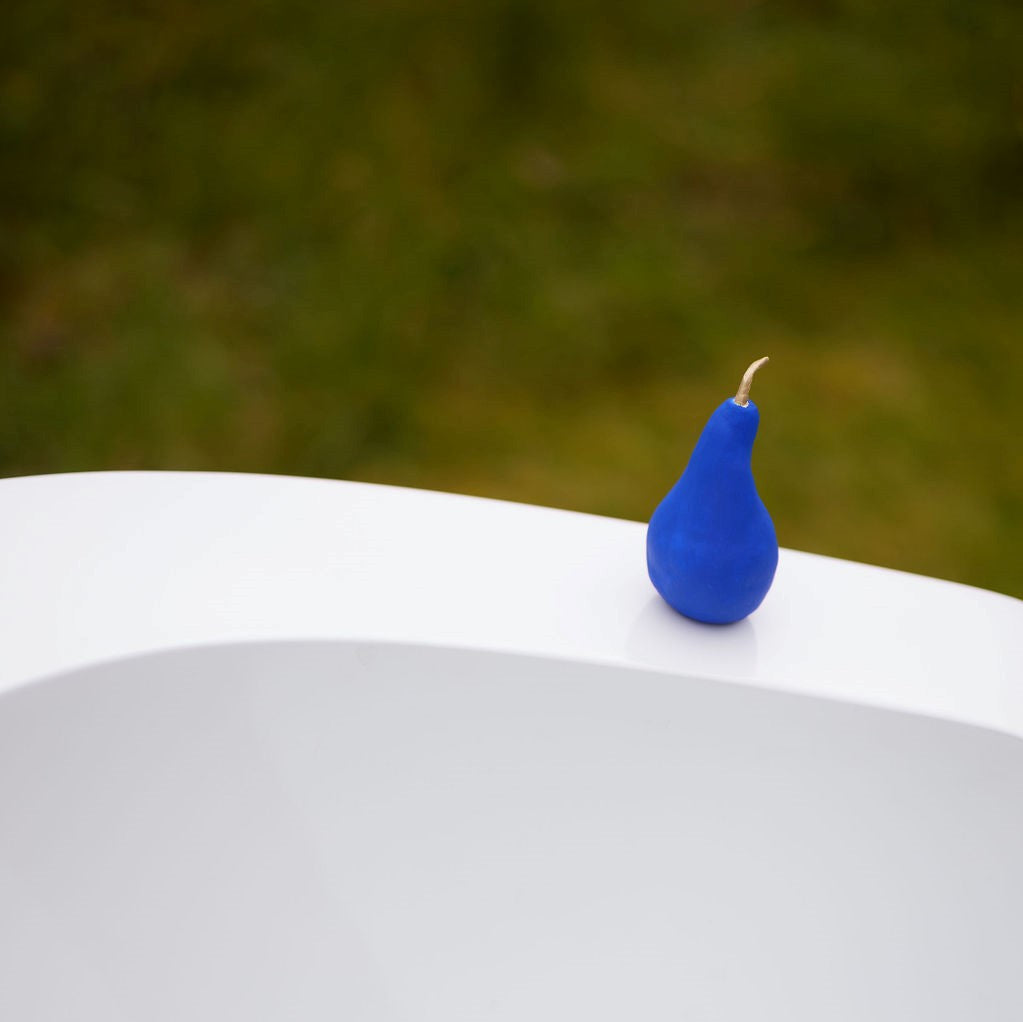
Price is what you pay, value is what you get

Wise words from Warren Buffet, who knows a thing or two about value investing. But how to define the value of second hand furniture?
Different people will assign different value to different aspects here. Do you perceive value to be in materials, in provenance, or in an unusual style? Do you place weight on the sustainability of a piece of furniture which has already been made, and simply restored, rather than something which requires brand new resources and energy to make it? What about the value of prompt delivery versus a three month lead time for something made on the other side of the world?
What of absolute financial value?
Furniture has made headlines in recent months as high street retailers have announced increases in cost due to disruption and inflation in supply chains. Ikea declared an increase in its prices of between 10% and 50% in December 2020[1] due to “supply chain issues”, and even middle class stalwart Neptune announced an average price hike of 8% in September 2021[2], citing “materials and the cost of transport.” What’s more, such price rises are becoming steeper and more frequent; where prices might have increased once every few years pre-pandemic, they are now going up two or three times a year. Although this rate of growth should slow as the world resets, prices are very unlikely to decline. Aside from a supported increase in the cost of materials and supply, the demand for more sustainably sourced, manufactured and transported furniture also drives up prices. Higher levels of craftmanship, better standards of employment and eco-friendly material production are, rightly, all required for companies to meet the ever evolving standards of sustainability.
For many therefore, the value of buying second hand (anything) is multi-faceted.
Many prize the individuality and patina of antique furniture; the idea of a life well-lived for tens if not hundreds of years already, which can bring with it a quality assurance that it may well continue to serve a happy purpose long into the future. In a similar vein, another value often ascribed to mid-range second hand furniture is that it has already endured bangs and scrapes, which combine to create its unique character, and so can happily continue to sustain the rigours of everyday life.
There is an ecological value in using materials which have already been sourced.
Timber which has already been felled, metal which has already been mined. Furthermore, the energy required for restoration is many multiples lower than that of new production and subsequent transportation to this country. Another important point on sustainability is that of reducing waste. Restoring furniture which may otherwise be consigned to the tip has a direct impact on our landfill or incineration footprint.
In a world of instant demand, time also has a value.
You just need to know where to look.
[1] “Ikea hikes furniture prices by 50% because of ‘supply chain issues’”, Metro, 30 December 2021. https://metro.co.uk/2021/12/30/ikea-hikes-furniture-prices-by-50-because-of-supply-chain-issues-15842086/
[2] “Our pricing explained”, Neptune.com. https://www.neptune.com/our-pricing-explained/




